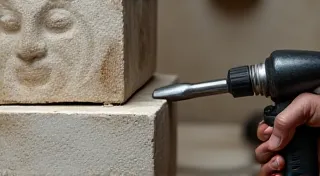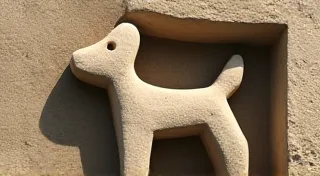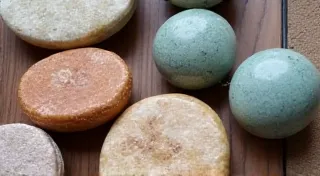Carving with Limestone: Understanding Grain and Texture
Limestone. The word conjures images of ancient ruins, weathered facades, and the enduring beauty of natural architecture. But it's also a surprisingly accessible and rewarding stone for carving, offering a unique combination of workability and aesthetic appeal. While it presents its own set of challenges compared to other carving stones like soapstone or alabaster, understanding its grain, managing the resulting dust, and mastering techniques to achieve diverse textures unlocks its true potential. This guide will delve into the specifics of working with limestone, providing you with the knowledge to approach your carving projects with confidence.
What is Limestone and Why Carve It?
Limestone is a sedimentary rock primarily composed of calcium carbonate (CaCO3) in the form of calcite. It's formed from the accumulation of shells, coral, and other marine organisms. The variety of limestone available is vast, resulting in significant differences in color, density, and porosity. Some limestones are relatively soft and porous, while others are much harder and more compact. These variations dictate their suitability for different carving projects.
The appeal of limestone lies in several factors. It’s generally more readily available and less expensive than many other carving stones. Its relatively softer nature allows for easier initial shaping and detail work, particularly for beginners. The characteristic texture, often exhibiting subtle patterns and subtle color variations, adds a depth and warmth to finished carvings that’s difficult to replicate with other stones. The final piece possesses a gentle, aged appearance, even when newly carved.
However, limestone’s porosity presents a unique challenge. It absorbs water and dust easily, impacting the carving process and requiring careful attention to safety and material management. We'll address these challenges in detail.
Understanding Limestone Grain
Unlike metamorphic stones like marble, which exhibit distinct foliation (layers), limestone’s grain structure is often more complex and less obvious. It's rarely uniform. Several factors influence the grain: the origin of the sediment, the pressure exerted during its formation, and the presence of impurities.
Here’s a breakdown of what to look for:
- Grain Size: Limestone can range from fine-grained (tightly packed, often smoother) to coarse-grained (larger sediment particles readily visible). Coarser grains are generally easier to shape initially, but finer details can be challenging.
- Bedding Planes: Many limestones show distinct bedding planes – layers formed during sedimentation. These planes represent zones of varying sediment composition and compaction. Carving perpendicular to these planes is generally easier than carving across them, as the stone is weaker along the bedding planes. However, these planes also represent potential cleavage points, so you're at risk of chips or cracks.
- Fossil Content: The presence of fossils (shell fragments, coral, brachiopods) is common in limestone. While visually interesting, fossils represent zones of weakness and can complicate carving. They’re often softer than the surrounding stone and are prone to breakage.
- Color Variation: Differences in mineral content within the limestone can create subtle color variations. These variations can be incorporated into your design or carefully worked around to avoid unwanted patterns.
Assessing Grain Before You Carve: Before beginning any carving project, carefully examine the limestone block. Tap the surface with a mallet – a dull thud indicates a relatively homogenous section, while a ringing sound might signify a denser area or internal fractures. Look for visible bedding planes, fossils, and any signs of cracks or fissures. A small exploratory carving with a chisel can provide valuable insight into the stone’s behavior. When encountering these varying textures, understanding understanding grain direction can be crucial for predictable and efficient carving.
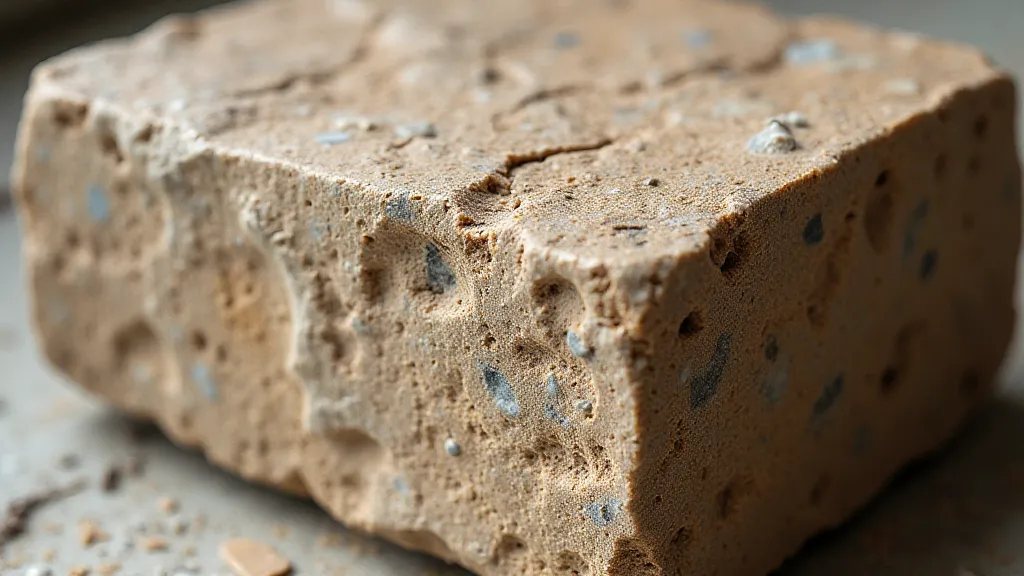
Managing Limestone Dust and Safety
The porosity of limestone means it generates a significant amount of fine dust during carving. This dust is composed of calcium carbonate and presents both respiratory and skin irritation risks. Furthermore, it can also clog your tools and create a messy work environment.
Safety Precautions are Paramount:
- Respiratory Protection: Always wear a properly fitted N95 or P100 respirator. A dust mask is not sufficient.
- Eye Protection: Wear safety glasses or goggles to protect your eyes from flying dust and chips.
- Skin Protection: Limestone dust can irritate skin. Wear gloves and long sleeves to minimize exposure.
- Ventilation: Carve in a well-ventilated area. Ideally, use a dust extraction system connected to your chisels or a HEPA filter air purifier.
- Dust Control: Wet the stone periodically during carving. This helps to bind the dust and reduce airborne particles. A light misting is ideal; avoid saturation, as excessive moisture can weaken the stone. Minimizing dust is important, and learning about dust control in stone carving is a smart step for any carver.
- Cleanliness: Regularly clean your work area and tools to prevent dust buildup.
Achieving Desirable Textures
The texture you achieve with limestone depends on your desired aesthetic and the specific characteristics of the stone. Here’s a guide to common techniques:
- Rough Texture: Employ larger chisels and mallet strikes to create a deliberately rough, weathered appearance. This can be particularly effective for naturalistic carvings or those intended to evoke a sense of antiquity.
- Smooth Texture: Progress through a series of finer chisels and rasps, gradually removing surface irregularities. Wet sanding with progressively finer grits of sandpaper can further refine the surface.
- Lineation/Striations: Using narrow, pointed chisels, create deliberate lines or striations to emphasize the stone's grain or create a patterned effect.
- Undercutting: Careful undercutting and removal of small sections of stone can create dramatic shadows and highlight the three-dimensional form.
- Combining Textures: A sophisticated approach involves combining different textures within a single carving. For example, a smooth, polished face might contrast with a rough, textured background.
Mastering texture involves understanding not just chisel techniques, but also how the stone itself responds. Consider the principles of basic relief carving to create stunning three-dimensional works, and remember that choosing the right material is the first step.
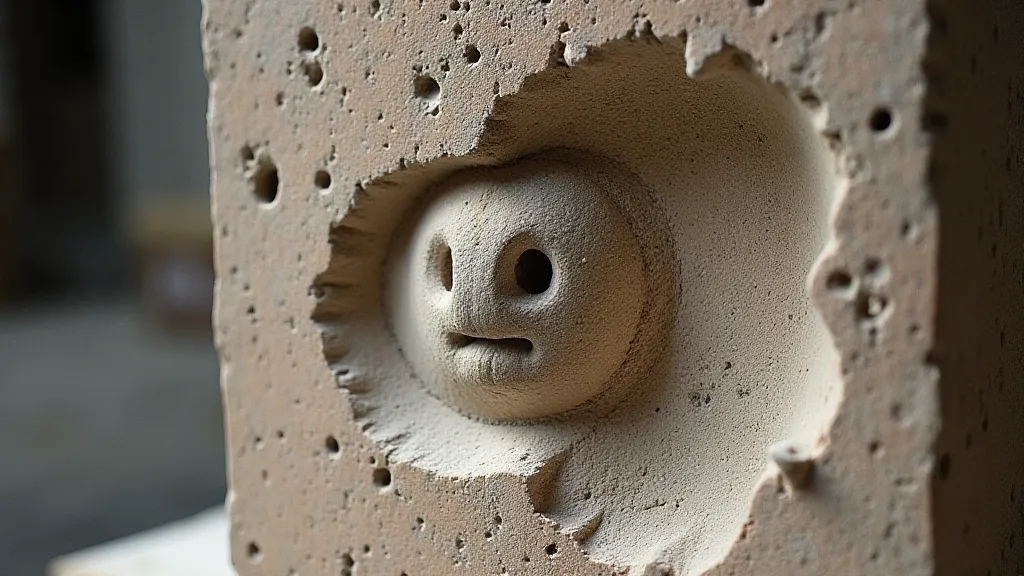
Tools and Techniques Specific to Limestone
While standard stone carving tools are generally applicable, some adjustments are helpful when working with limestone:
- Sharpening: Limestone is relatively soft, so your tools will dull quickly. Frequent sharpening is essential.
- Chisel Selection: Opt for chisels with a slightly wider blade to prevent them from getting stuck in the porous stone.
- Mallet Choice: A wooden or nylon mallet is preferable to a metal hammer, as it’s less likely to shatter the stone.
- Wet Carving: As mentioned earlier, wet carving is critical for dust control and can also improve the stone's workability.
Beyond just the tools, the selection of the correct type of limestone for your project significantly impacts the overall outcome. Factors like density, porosity, and grain size all play a role in the carving process. Understanding these characteristics and how they influence workability can make the difference between a frustrating and a rewarding experience. For example, a denser limestone might require more force to shape but will hold finer details better, while a porous limestone will carve quickly but may be more prone to chipping. Before you begin, it’s wise to research different types of limestone available and consider which best suits your artistic vision. Consider the broader scope of choosing the right stone when planning your next sculpture – it’s a critical step for any successful carving project.
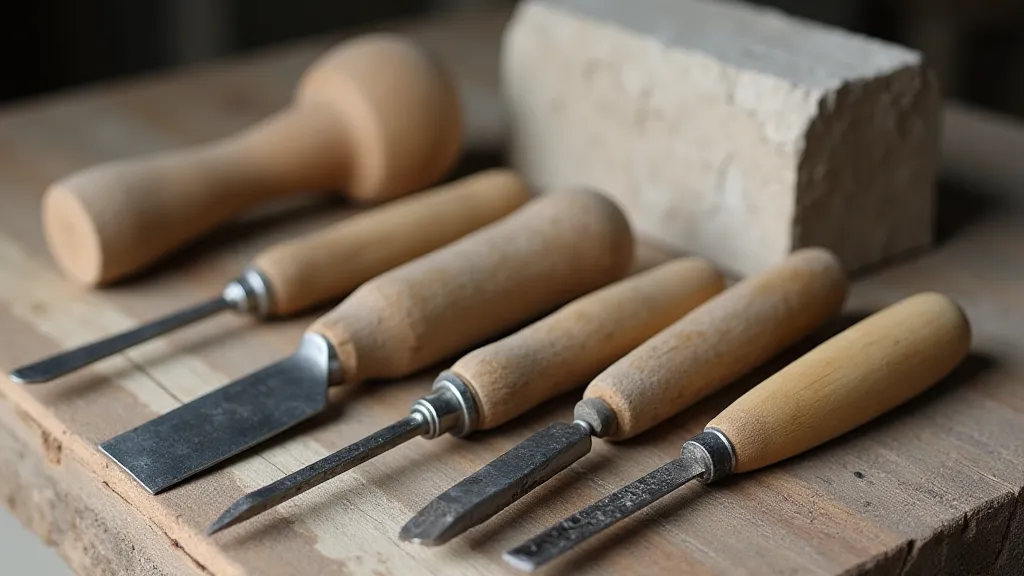
Expanding Your Carving Knowledge
Carving limestone isn't just about the physical techniques; it's also about appreciating the history and artistry behind the craft. Many ancient civilizations utilized limestone for sculptures and architectural marvels, leaving behind a rich legacy of artistic expression. Learning about these historical examples can inspire your own creations and deepen your understanding of the material's potential. Consider studying the tools and techniques employed by past masters, as well as researching the geological origins of limestone and its place in the natural world.
Conclusion
Carving limestone presents a unique blend of challenges and rewards. With careful planning, proper tools, and a healthy respect for the material, you can unlock its full potential and create stunning works of art. From understanding the nuances of grain structure to mastering techniques for achieving desired textures, this guide has provided a foundation for your limestone carving journey. Remember to experiment, learn from your mistakes, and most importantly, enjoy the creative process. The enduring beauty of limestone awaits your artistic touch.

